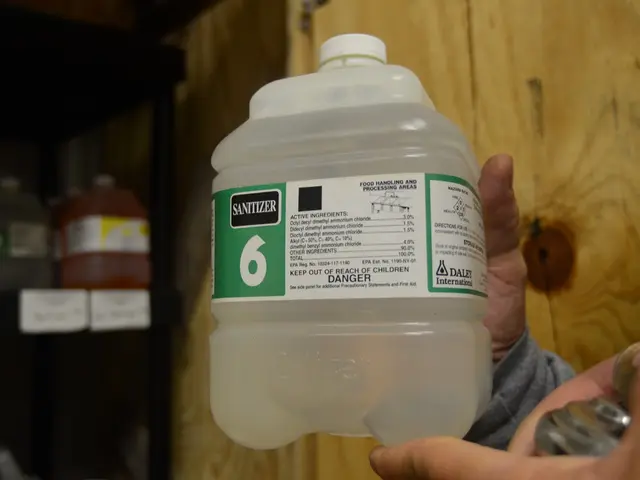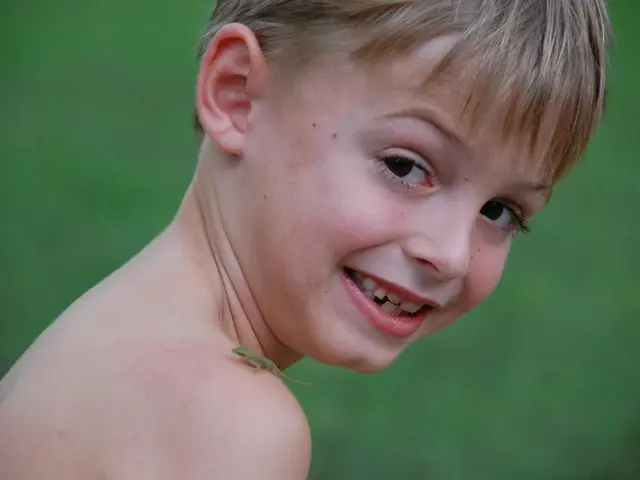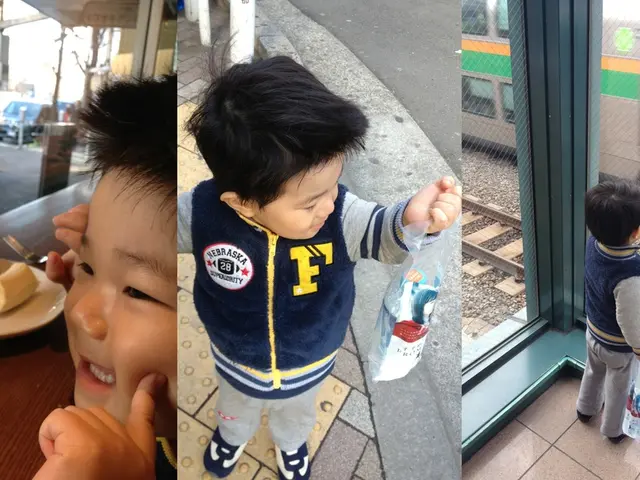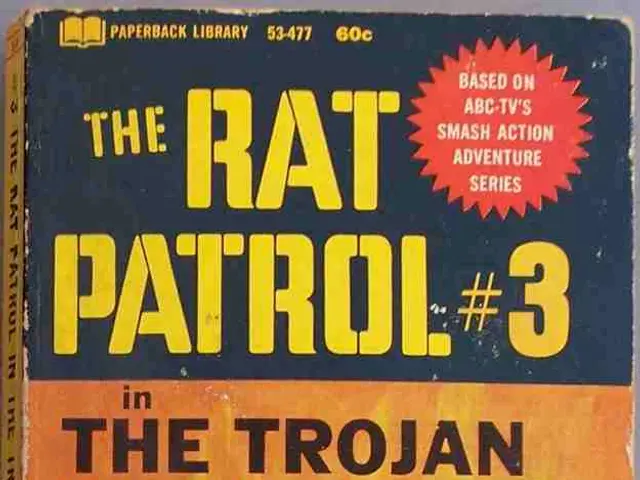Brain's Harmonious Workings: Exploring the Roles of the Brain's Lobes
The noggin's four primary lobes - the frontal, parietal, temporal, and occipital - each have their unique roles to play in our lives. These brain regions, located in the big ol' cranial cavity, are responsible for our thoughts, feelings, and actions. Here's a lowdown on these star players:
The Frontal Lobe: Your Inner Boss
Hiding behind your forehead, the frontal lobe is a key player in the brain's command center. It's separated from the other lobes by a couple of grooves, the central sulcus and the lateral sulcus.
The frontal lobe handles higher-order tasks, including:
Emotion Regulation and Decision-Making
Ever found yourself grappling with a tough decision? Blame it on your frontal lobe! It helps you manage complex tasks, control your emotions, and make sound decisions.
Speech and Language Development
Broca's area, found within the frontal lobe, is crucial for producing speech. So, if you can speak coherently, you can thank your frontal lobe!
Movement Control
The primary motor cortex, located in the frontal lobe, manages voluntary movements. If you want to swing your arm or tie your shoe, you can thank this part of your frontal lobe.
Fun Fact: Phineas Gage, a railroad worker, experienced a severe accident in 1848. An iron rod went through his skull, causing damage to his frontal lobe. Miraculously, he survived, but his personality was drastically changed, demonstrating the frontal lobe's role in regulating behavior and personality.
The Parietal Lobe: The Sensory Manager
Located towards the top and back of the brain, the parietal lobe plays a vital role in the processing and integration of sensory data.
Sensory Integration
It manages sensory inputs such as touch, temperature, pressure, and pain. By combining these sensory inputs, it helps us fully comprehend what's happening around us.
Spatial Awareness and Object Recognition
The parietal lobe plays a crucial part in understanding our position in space and how objects relate to one another. This helps us navigate our environment and recognize objects based on their spatial relationships.
Sensory Processing and Integration
The parietal lobe takes in various sensory inputs and integrates them to create a unified perception of our surroundings. For example, it helps us distinguish between a gentle touch and a tickle.
The Temporal Lobe: The Sensory and Emotional Hub
The temporal lobe is located on the sides of the brain, beneath the lateral sulcus. It plays a pivotal role in several important functions:
Processing Auditory Information
The primary auditory cortex, found in the temporal lobe, processes sounds and is vital for our hearing and understanding of speech.
Language Comprehension and Memory Formation
The temporal lobe houses key structures like the hippocampus, which helps us grasp spoken words and form new memories.
Visual Processing and Interpretation
In addition to audio processing, the temporal lobe assists with visual information interpretation. It aids in recognizing objects and faces, enabling us to identify things we see.
Fun Fact: A key structure within the temporal lobe, the hippocampus, is essential for forming new memories. If you're struggling with memory issues, it might be due to damage to this vital structure. People with Alzheimer's disease often experience memory difficulties because the hippocampus is affected.
The Occipital Lobe: Your Visual Processing Guru
Last but not least, the occipital lobe, situated at the back of the brain, is primarily responsible for processing visual information.
Primary Visual Cortex and Visual Processing
The primary visual cortex, or V1, in the occipital lobe processes basic visual cues such as light intensity, color, and movement.
Visual Information Interpretation
The occipital lobe also helps interpret more complex visual data like depth, distance, and object identification, allowing us to comprehend and recognize what we see.
Fun Fact: Damage to the occipital lobe can lead to impaired or partial vision, depending on the location and severity of the damage. For instance, injury in one hemisphere of the occipital lobe may result in the loss of vision in the opposite half of the visual field.
Science reveals that each of the brain's four primary lobes - the frontal, parietal, temporal, and occipital - play significant roles in medical-conditions related to health-and-wellness. The frontal lobe, for instance, handles higher-order tasks like emotion regulation and decision-making, while the parietal lobe manages sensory data and spatial awareness. The temporal lobe processes auditory information, language comprehension, and memory formation, and the occipital lobe is primarily responsible for visual processing and interpretation. Understanding these functions can help us grasp the impact of various health-and-wellness issues on our daily lives.








